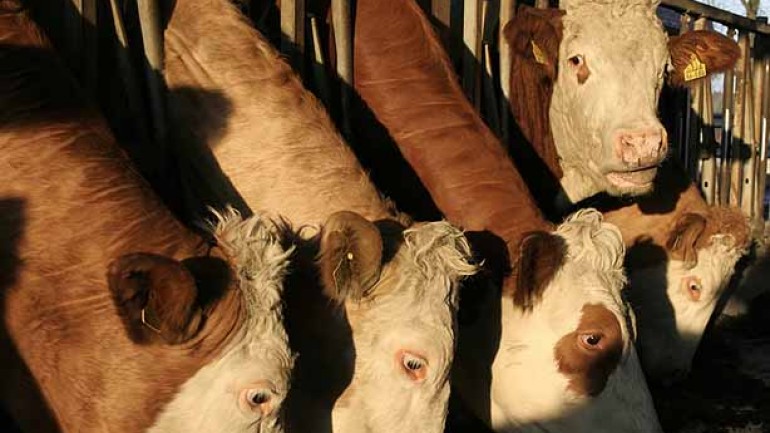What could be simpler than a hamburger? Take a ground beef patty, throw it on a grill, wait a few minutes as the fat sizzles, maybe add some cheese, and stick it on a bun. It’s a thoroughly American operation that takes place countless times a day all around the country. The average American, in fact, eats three hamburgers a week. And with more meat available than ever before, today’s beef costs 30 percent less than it did in 1970, making it that much more attractive to consumers looking for a quick, cheap meal.
But in Modern Meat, FRONTLINE goes inside the world of the modern American meat industry and shows that this once simple product, the hamburger, is no longer so simple.
Nor can you assume that it’s safe. While sweeping changes in the meat industry – making it vastly more centralized, high-tech, and efficient – have led to the low prices, the transformation has also introduced new risks. In “Modern Meat,” FRONTLINE speaks with scientists and industry observers who say that pooling thousands of cows in feedlots makes it easier for bacteria to spread from one animal to another.
“Cows tend to produce feces [and] feces is primarily bacteria,” says Glenn Morris, a microbiologist at the University of Maryland and a former USDA official. “In the larger feedlots,” he adds, “there’s a greater chance for the passage of microorganisms back and forth. All of that contributes to the spread of microorganisms like E. coli.”





1 Comment / User Review